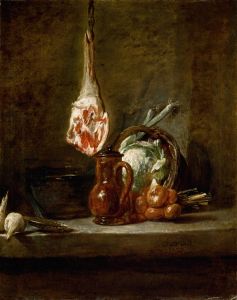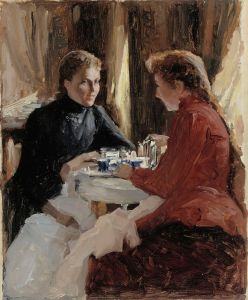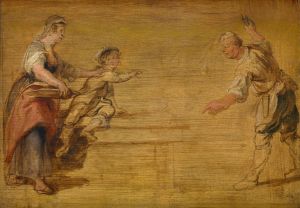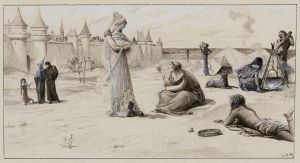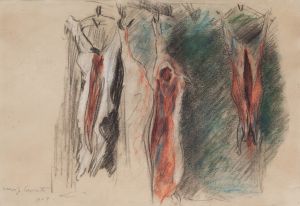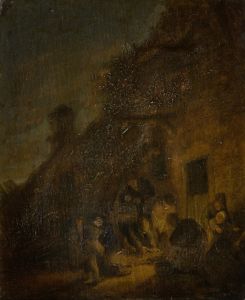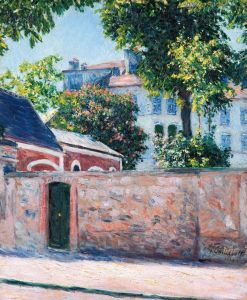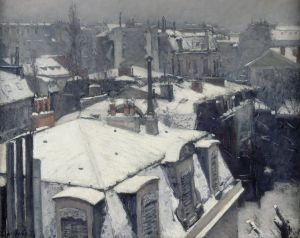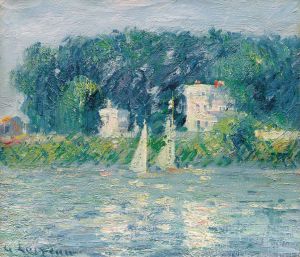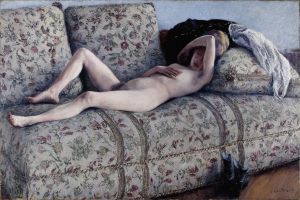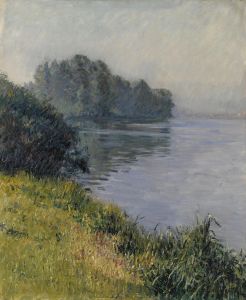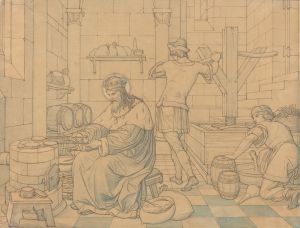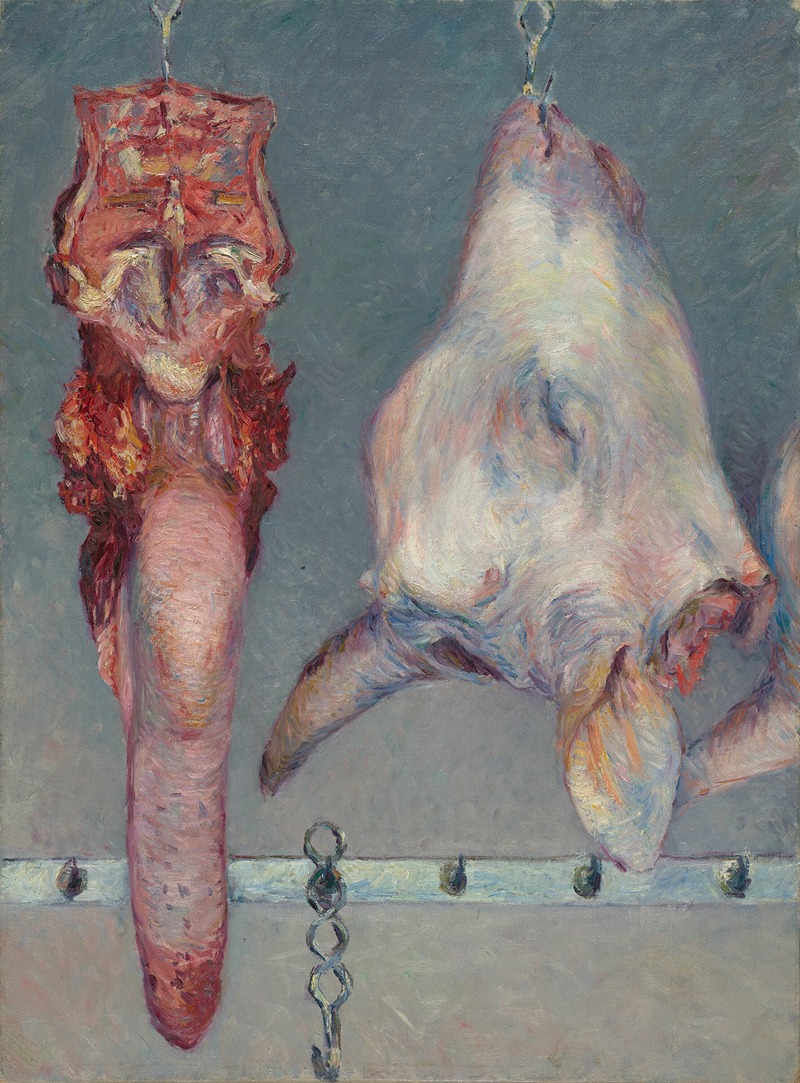
Calf’s Head and Ox Tongue
A hand-painted replica of Gustave Caillebotte’s masterpiece Calf’s Head and Ox Tongue, meticulously crafted by professional artists to capture the true essence of the original. Each piece is created with museum-quality canvas and rare mineral pigments, carefully painted by experienced artists with delicate brushstrokes and rich, layered colors to perfectly recreate the texture of the original artwork. Unlike machine-printed reproductions, this hand-painted version brings the painting to life, infused with the artist’s emotions and skill in every stroke. Whether for personal collection or home decoration, it instantly elevates the artistic atmosphere of any space.
"Calf’s Head and Ox Tongue" is a painting by the French artist Gustave Caillebotte, created in 1882. Caillebotte, known for his association with the Impressionist movement, often depicted scenes of urban life and domestic interiors, but this particular work stands out due to its subject matter and style.
The painting portrays a still life arrangement featuring a calf’s head and an ox tongue, placed on a table with a white cloth. The composition is stark and somewhat unsettling, with the raw meat presented in a realistic and unembellished manner. This choice of subject matter is unusual for Caillebotte, who is more commonly associated with scenes of Parisian life and leisure.
Caillebotte’s technique in "Calf’s Head and Ox Tongue" demonstrates his skill in rendering textures and surfaces. The glistening, fleshy quality of the meat is depicted with meticulous attention to detail, highlighting the artist’s ability to capture the materiality of his subjects. The use of light and shadow in the painting adds to the realism, creating a sense of depth and volume.
The painting reflects Caillebotte’s interest in the everyday and the mundane, elevating a simple butcher’s display to the level of fine art. This approach aligns with the broader goals of the Impressionist movement, which sought to depict modern life in all its facets, including those that were less conventionally beautiful or idealized.
"Calf’s Head and Ox Tongue" is part of a broader tradition of still life painting that dates back to the Dutch Golden Age, where artists like Rembrandt and Vermeer also explored themes of mortality and the passage of time through depictions of food and other perishable items. Caillebotte’s work can be seen as a continuation of this tradition, but with a distinctly modern sensibility.
The painting is housed in the Musée d’Orsay in Paris, which holds a significant collection of Caillebotte’s works. The museum’s collection provides a comprehensive overview of his career, showcasing his contributions to the Impressionist movement and his unique perspective on contemporary life.
Gustave Caillebotte (1848-1894) was a pivotal figure in the Impressionist movement, not only as an artist but also as a patron and collector. He supported his fellow artists by purchasing their works and organizing exhibitions, helping to establish the movement’s prominence in the art world. Despite his significant contributions, Caillebotte’s work was somewhat overlooked for many years, gaining greater recognition only in the latter half of the 20th century.
In summary, "Calf’s Head and Ox Tongue" is a notable example of Gustave Caillebotte’s still life painting, showcasing his technical skill and his interest in everyday subjects. The painting’s realistic depiction of raw meat challenges traditional notions of beauty in art, aligning with the Impressionist movement’s broader goals of capturing modern life in all its forms.





